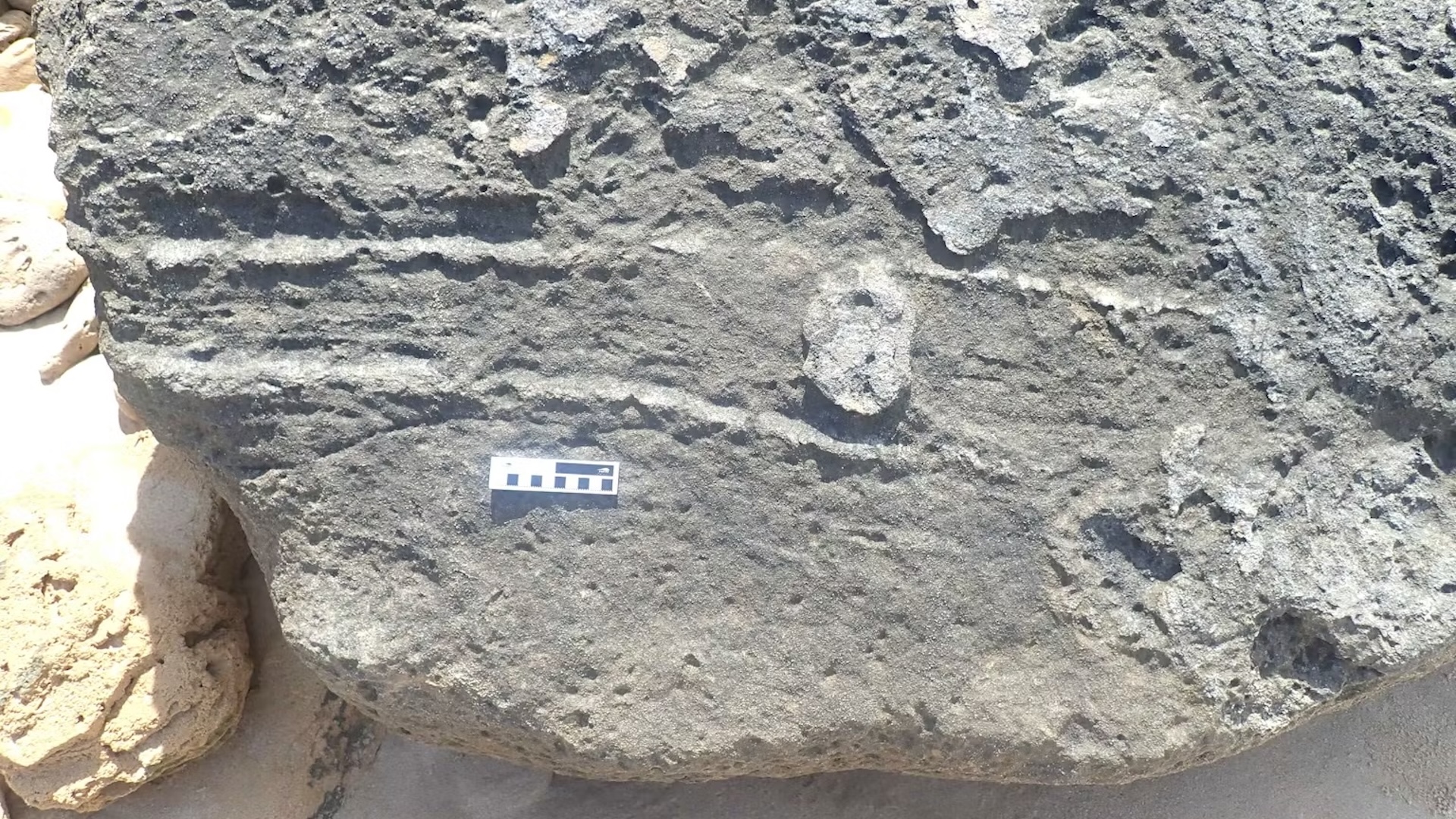Most Potent Greenhouse Gases Revealed
Greenhouse gases containing fluorine molecules are among the worst environmental offenders because they trap heat in the Earth’s atmosphere most efficiently, according to a new NASA study.
For the study, NASA scientists analyzed dozens of compounds and ranked greenhouse gases as global warming agents to create guidelines for minimizing global warming. The goal is for chemical companies to use NASA’s guidelines during the creation of potent greenhouse gases such as perfluorocarbons (PFC) and hydrofluorocarbons (HFC), which are used in everyday items such as air conditioners.
The study, detailed in the May 3 issue of the journal Proceedings of the National Academy of Sciences, found that several chemicals that contained fluorine were stronger greenhouse gases than those containing chlorine or hydrogen, including PFCs, HFCs and chlorofluorcarbons (CFCs), which were implicated in the destruction of the ozone layer.
The researchers in particular looked at how the number and placement of fluorine atoms within a chemical molecule affected the potency of that chemical as a greenhouse gas.
“Once we discovered the molecular properties that cause molecules to absorb radiated heat more efficiently, we were able to design strategies that will minimize the global warming contribution of materials,” said study co-author Timothy Lee, the chief of the Space Science and Astrobiology Division at NASA’s Ames Research Center in Moffett Field, Calif.
Lee and colleagues looked at five classes of fluorinated compounds because they are highly efficient at trapping heat. The researchers ranked the chemicals by their heat-trapping efficiency, known as a molecule’s radiative efficiency, to determine which chemicals were more harmful.
Simply reducing the number of fluorine atoms isn’t enough to reduce a chemical’s environmental impact. The study makes specific recommendation about the orientation and number of fluorine molecules within greenhouse gases. However, the study did not take into account the toxicity, atmospheric lifetime (how long a chemical stays in the air), or the atmospheric fate of these fluorinated compounds.
Get the world’s most fascinating discoveries delivered straight to your inbox.
A longer carbon chain was also linked to more efficient heat-trapping in some compounds.
Screening for a chemical’s radiative efficiency is one additional constraint that greenhouse gas manufacturing companies could use in their design process, the study’s authors said.
